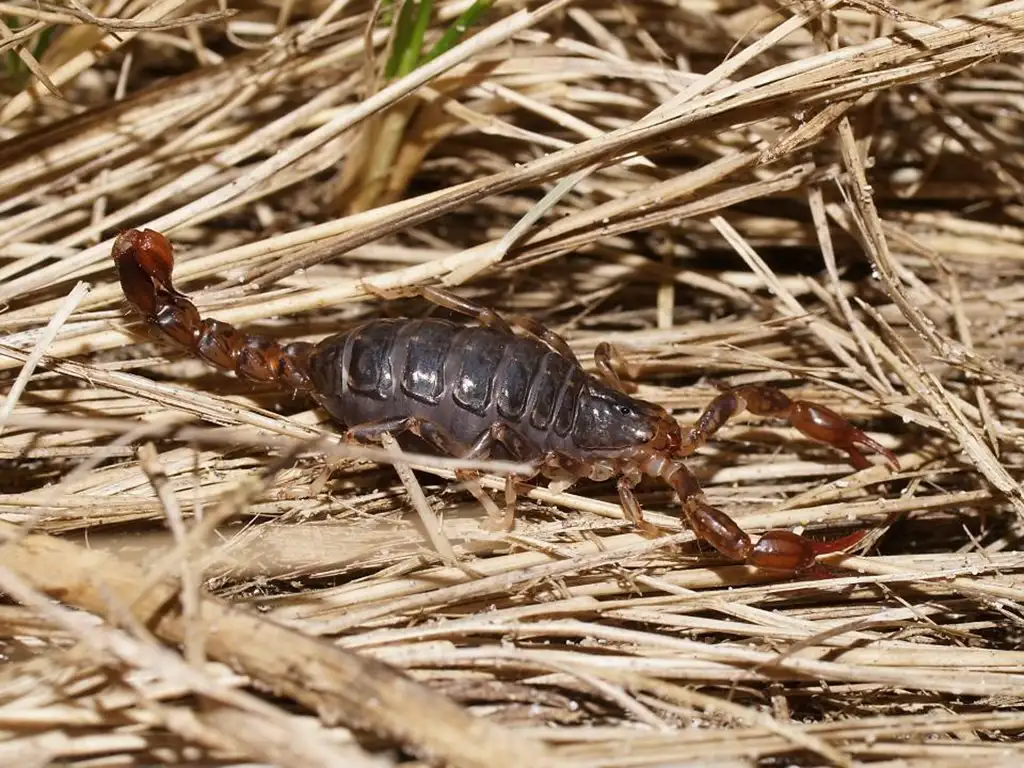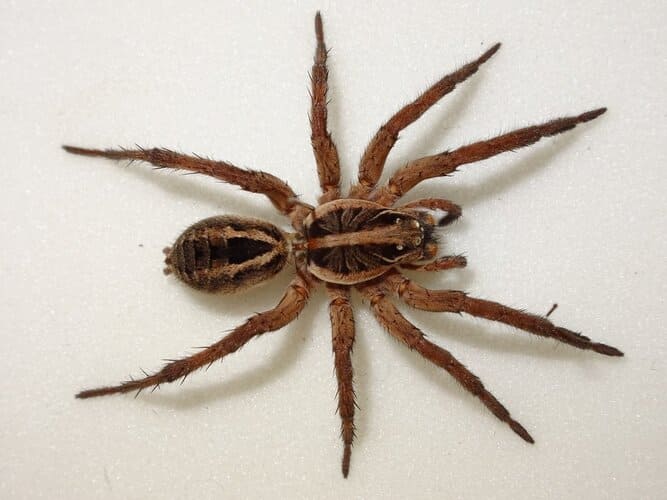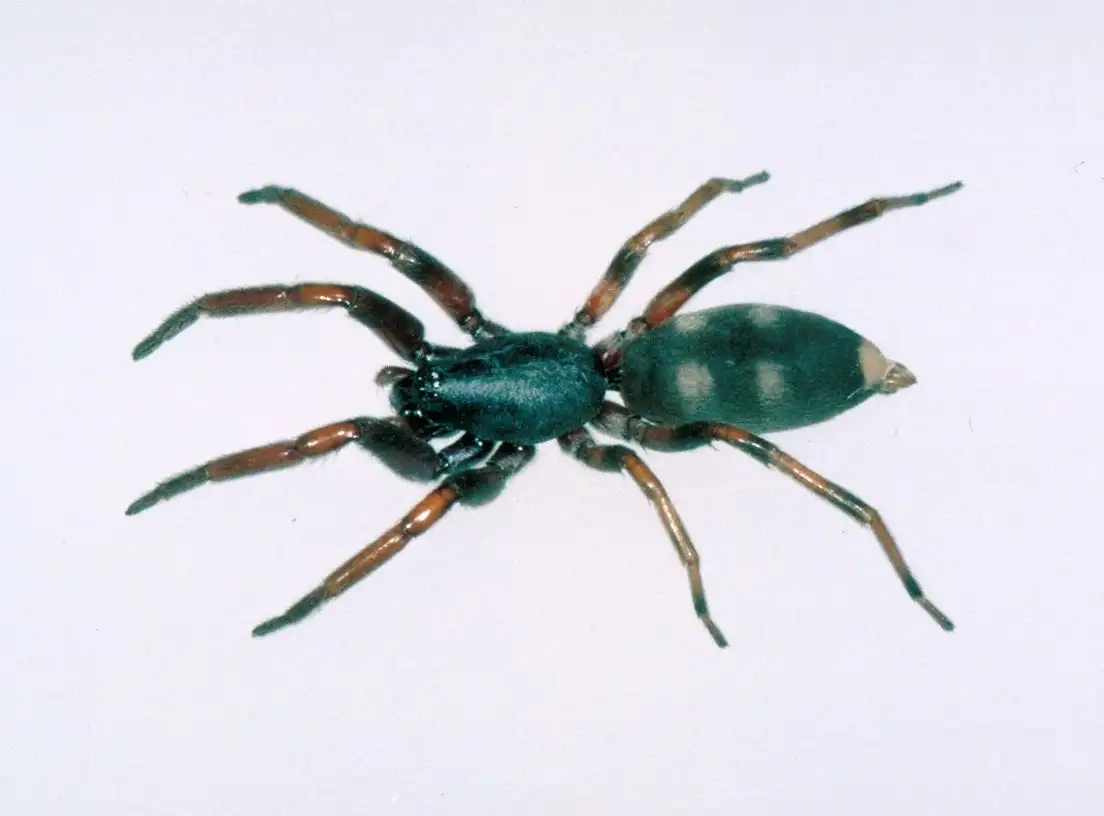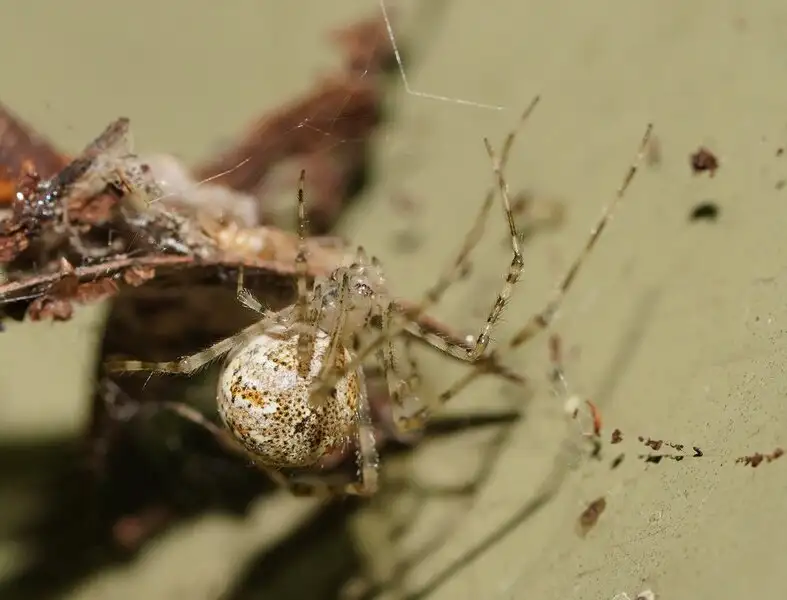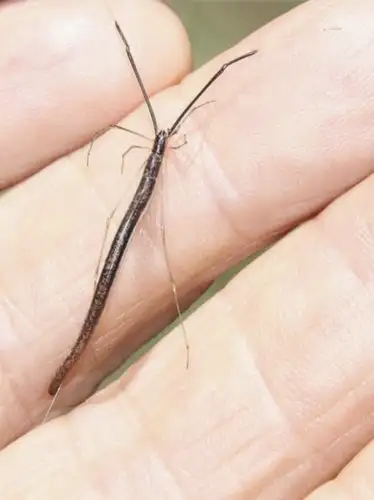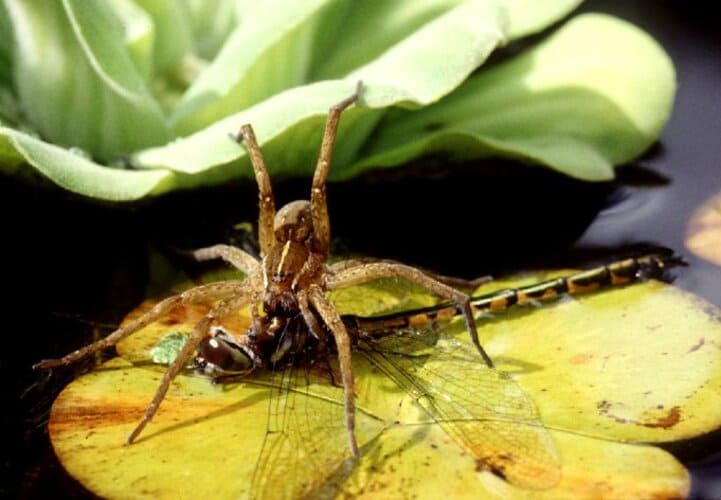Balanus
IUCN
LCBasic Information
Scientific classification
- name:Balanus
- Scientific Name:Balanus,Touch, horse teeth, oyster soup
- Outline:Arthropoda
- Family:Crustacea S.order Barnacles
Vital signs
- length:1-5cm
- Weight:15-20g
- lifetime:2-6years
Feature
Shaped a bit like a horse's tooth, it is the nightmare of whales and turtles
Distribution and Habitat
Barnacles are widely distributed and can be found in almost any sea area, from intertidal to subtidal shallow waters. Barnacles are osmotic animals and can only live in waters with salinity close to that of body fluids and with little change. Therefore, most barnacles are densely distributed in harbors, ports and coastal waters, attached to natural reefs, dock dams, ship buoys, seawater pipelines, aquaculture facilities and the body surfaces of biological organisms such as whales, sea turtles and sea snakes.
Appearance
Cirripedia can be divided into two major categories: peduncles and sessile ones. Barnacles belong to the sessile cirripedes. Peduncles, such as the myoga, are considered primitive species, with a long muscular peduncle attached to the base, which is formed by the extension of the preoral end of the body.
The preoral end of the barnacle does not extend into a peduncle, but is directly attached to the base to form a wide attachment surface, either calcareous or membranous. A circle of bony plates is formed at the top, which may be connected, overlapped, or completely fused, depending on the species, including the peak plate, beak plate, side plate, and side peak plate. At the central top of this circle of bony plates are paired movable dorsal plates and shield plates, with crack-like openings between the dorsal plates and shield plates on both sides, from which the peduncles extend. Inside the bony plates and the mantle is a supine body, with the peduncles facing upwards, the body ben
Details
There are more than 500 species of barnacles (scientific name: Balanus), and about 110 species are found in my country. Barnacles have strong adaptability to the salinity and temperature of seawater and are widely distributed in different waters along the coast of my country. They can attach to any hard surface, and even to the bodies of organisms such as whales and turtles. The species attached to reefs and the bottom of ships are conical or low-conical in shape, with thicker shells; the species coexisting with sponges are oval in shape, with brittle and thin shells; the species coexisting with corals have an extended cylindrical base; they gather and attach together in groups and pieces, and are aquarium/52-marine-animals.html">marine animals that live on arthropods after they are formed. There are different types of barnacles in waters with different salinities and temperatures. For example, in coastal areas and ports with low salinity, warm water and low seawater transparency, mud barnacles are the main species; in waters with high salinity, warm water and high seawater transparency, triangular barnacles and bell-shaped barnacles are the main species; in high-salinity seawater areas with open waters and high transparency, red giant barnacles and triangular barnacles are the most common species.
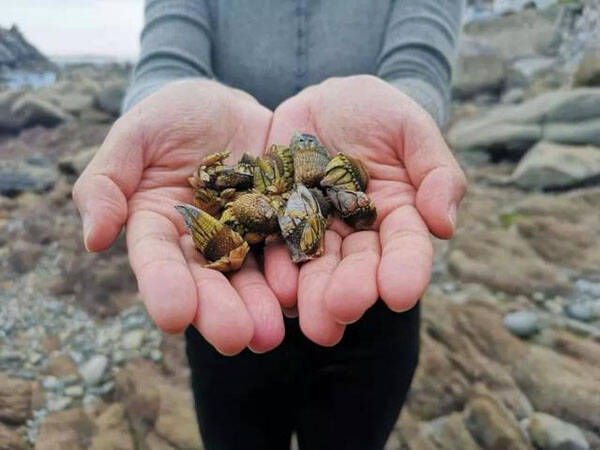
The larval stage of barnacles undergoes a series of changes: floating, nauplii, and glandular larvae. Glandular larvae are a special form of larvae that do not need to feed. This stage is only for choosing a suitable place to attach and metamorphose. The swimming larvae are pulled by the flowing water and attached to the substrate, where they begin to move with their small antennae. This attachment is reversible. If the larvae do not metamorphose, they can resume the swimming stage because they still retain the ability to swim. Once the larvae are attached, the larvae begin to explore the various physical and chemical properties of the substrate to which they are attached. The larvae move on the surface of the substrate in a regular "step", the distance of movement is generally short, and each step rarely changes direction or stops. When the larvae find a suitable attachment, a gel gland is secreted from the opening of the attachment sucker on the third segment of its first antennae, and the first antennae are surrounded by the gel, and the larvae begin their sessile life, and then metamorphose into adults.
The larvae of barnacles are nauplii, and after 2-3 weeks of development, they become larvae, which are attached and fixed on suitable attachments. Before fixation, the larvae of the glandular cyprid use their tentacles to attach to the contact surface, and this attachment is easy to move. Therefore, it is called temporary adhesion; at this time, if the surface of the attachment is suitable for attachment. The larvae of the glandular cyprid will change from temporary adhesion to permanent adhesion. After fixation, the larvae of the glandular cyprid undergo metamorphosis into adult barnacles, which secrete barnacle glue on the surface of the attachment substrate to make the attachment more firm. The barnacle glue is initially secreted in liquid form, and through self-assembly and cross-linking, it finally condenses into a colloid layer that couples the bottom plate and the base material, undergoing a complex and orderly process. This polymerization process of the colloid bonding to the surface of the attachment substrate gives the colloid greater cohesive strength and anti-biodegradability.
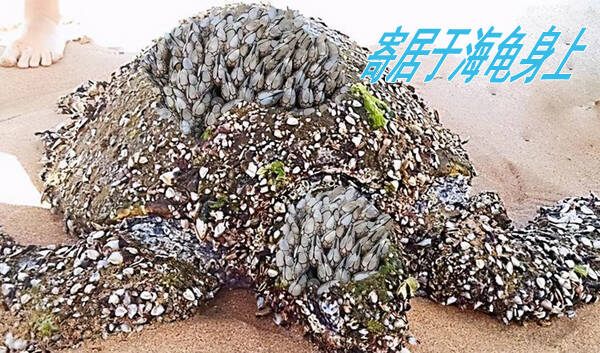
The larvae of barnacles have the characteristics of energy orientation. The roughness, light and color of the surface of the attachment base in the ocean often affect the choice of attachment by the larvae of barnacle glands. If the surface of the attachment base is rough. The surface energy is high, the light transmittance of the seawater is poor, and the solid with orange and green surface is often the attachment base that the larvae of barnacles are more likely to choose. In addition, physical and chemical factors in seawater, including salinity and temperature, often affect the attachment metamorphosis of barnacle larvae. Studies on the reproduction, attachment and growth of reticulated barnacles have found that: (1) the rate of embryonic development of barnacles is related to water temperature; (2) the growth of the shell of individual barnacles is also closely related to water temperature. The intensity of barnacle attachment in different seasons is generally different, and the biomass of attachment is higher in summer and autumn and lowest in winter.
Although barnacles are hermaphrodites, they are mostly cross-fertilized. In warm marine environments, they can generally reproduce throughout the year, while in colder environments, reproduction is seasonal. Wu Shanghan and others have studied the reproduction of barnacles in Qingdao Harbor and observed that the peak season for barnacle reproduction is from July to September. During this period, the process from attachment to sexual maturity of barnacles only takes 23 days, while in the early or late stages of reproduction, it takes 35-43 days; as for the amount of ovulation, it is not only related to the size of the individual, but also affected by temperature. In Zhoushan shrimp ponds, the reproduction period of barnacles is between mid-April and October, but egg-bearing individuals are found throughout the year, and in the hot season, the mother also carries two types of eggs at the same time, thus shortening the hatching interval of barnacles. In addition, the gonadal development and maturity of Japanese sedge barnacles, scaly sedge barnacles and triangular barnacles in the Zhoushan sea area are obviously seasonal, and the reproduction period is in the period of higher water temperature throughout the year, and the amount of eggs is related to factors such as age, reproduction period, tidal zone and wave impact; but these two types of sedge barnacles are late heat species, and it takes more than 2 years from attachment to sexual maturity. In Xiamen Port, the maturation of the gonads of the reticulated barnacles also shows periodicity. The time of each ovulation is related to the temperature, and the first sexual maturity varies with the season and water temperature. In the tropical sea area of Zhanjiang Port, it is recorded that reticulated barnacles with mature egg masses can be collected all year round. And barnacles are found attached all year round.
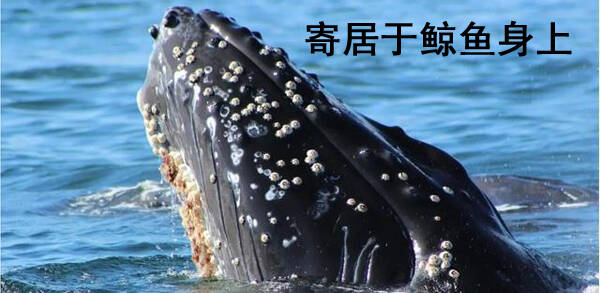
Darwin, the founder of the theory of biological evolution, was an out-and-out "barnacle fan". Before publishing "The Origin of Species", he spent 8 years studying barnacles. Cirripedia, represented by barnacles, was the first biological group that Darwin studied using the modern system biology perspective. This research laid the foundation for his theory of biological evolution. It is for this reason that later generations figuratively called this period "eight years of barnacles". Most of the barnacle specimens made by Darwin have become museum collections.
Fishermen in Yuhuan County, Zhejiang Province call barnacles "crickets" and knocking barnacles is called "beating crickets". Some people also write it as "touching the mouth", such as the "Yuhuan Kanmen Town Chronicles" records: "If you have spare time, go to the beach rock depression to fish for conchs and knock barnacles (local name 'touching the mouth') to make a dish." "Zhejiang Province Daishan County Medicinal Records" calls it "white-spine barnacles", also known as "file" and "file shell". "They often attach themselves to coastal rocks or other aquarium/52-marine-animals.html">marine animals in groups. Their solid shells are nearly cylindrical and conical, with large shell openings and thick shell plates. There are two pairs of movable shell plates on the shell openings." The Daishan County Chronicles also call barnacles "touch".
Wenzhou Pingyang calls barnacles "bird's mouths", and the Pingyang Fisheries Chronicles calls them "salted with heavy salt and can be stored for a long time". Ye Dabing's Wenzhou Folk Customs (Ocean Press, 1992) states that the four treasures of Rui'an include four types of aquatic products: turtle feet, red egg koji, divine eyes, and snow eels. Among them, red egg koji is barnacles, "the outer shell is nearly cylindrical, and the inner shell is composed of triangular shell pieces. The shell color is reddish purple. They often attach themselves to rocks near the low tide line between island reefs in clusters. They are dug in March and June and July of the lunar calendar every year, boiled in soup, the shell is knocked off, and then steamed with spices to serve as a side dish."
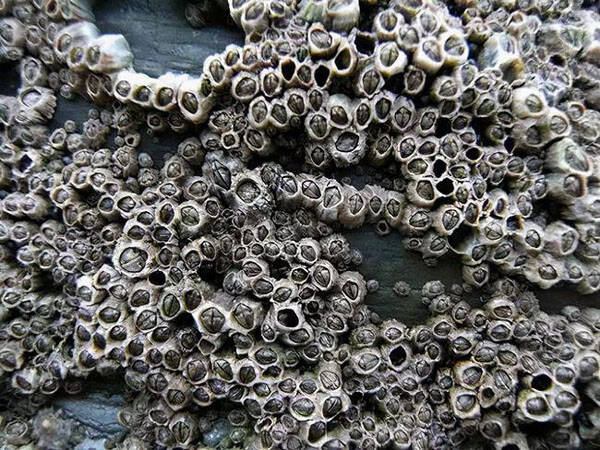
Main hazards: increase ship resistance and consume fuel, increase deadweight and weaken risk resistance, affect the comprehensive utilization of seawater resources, hinder the use of instruments and equipment, affect fishery production and reduce the quality of aquatic products, and accelerate the local corrosion rate of underwater fixtures.
Prevention and removal methods: According to the principles used in current antifouling technology and antifouling research, it can be divided into physical antifouling method, chemical antifouling method and biological antifouling method.
Physical antifouling method: manual or mechanical removal method, filtration method, heating method, etc. The most advanced physical method is the low surface energy coating antifouling method, which mainly includes fluoropolymer and silicone resin materials. For example, for various homogeneous substances and facilities immersed in seawater, such as ships or underwater construction facilities, the purpose of preventing and removing attachment can be achieved by reducing the surface energy of the attachment or using low surface energy materials, changing the color of the attachment and the attachment environment.
Chemical antifouling method: Use chemical substances to poison marine fouling organisms and prevent them from attaching. It can be divided into: direct addition method, electrolysis method, chemical antifouling coating method. For example, for seawater cooling, circulation systems and offshore platforms that use seawater resources, as well as seawater pipeline systems in ports, electrolysis of seawater can be used for prevention and treatment.
Biological antifouling method: using biologically active substances as antifouling agents to prevent fouling by marine fouling organisms; biologically active substances with antifouling effects include natural compounds such as organic acids, inorganic acids, lactones, terpenes, phenols, sterols and indoles. For example, extracting biologically active substances from natural and pollution-free peppers and compounding them with organic clays can give full play to the activity of capsaicin. It solves the problem of low content and high performance.
In addition, changing the texture of materials of structures and instruments and equipment, and using materials that are not easily fouled in appropriate places is also a good choice for multi-channel anti-attachment and anti-fouling.

